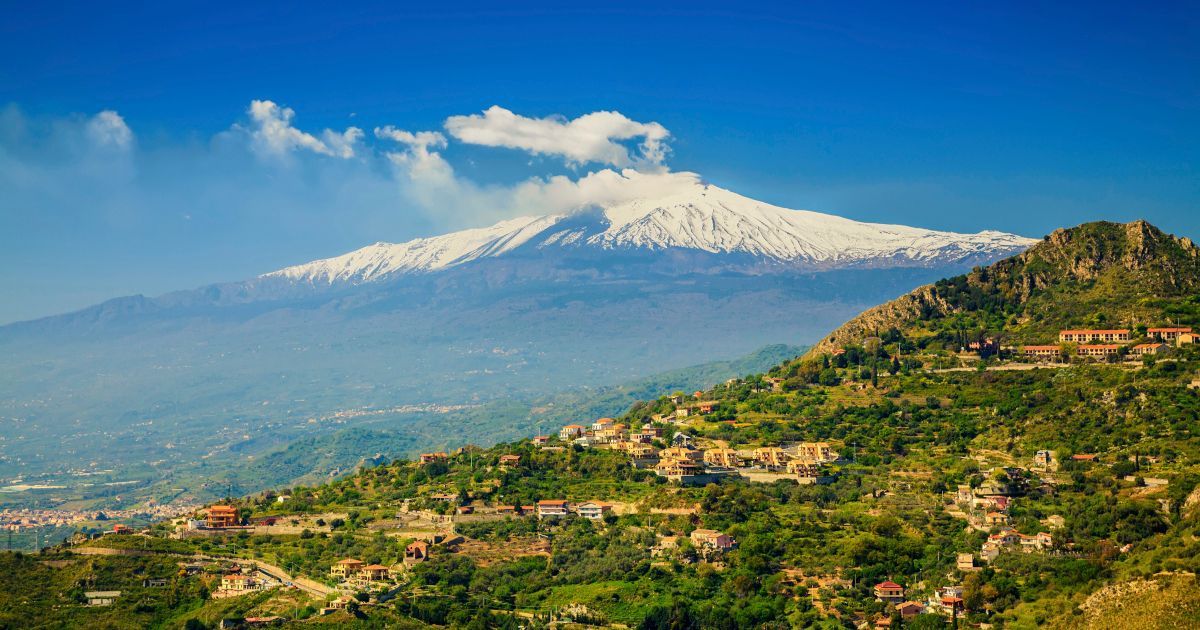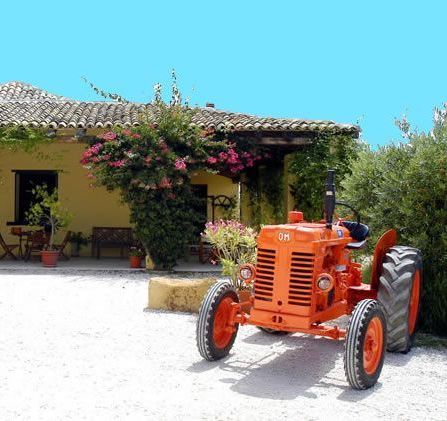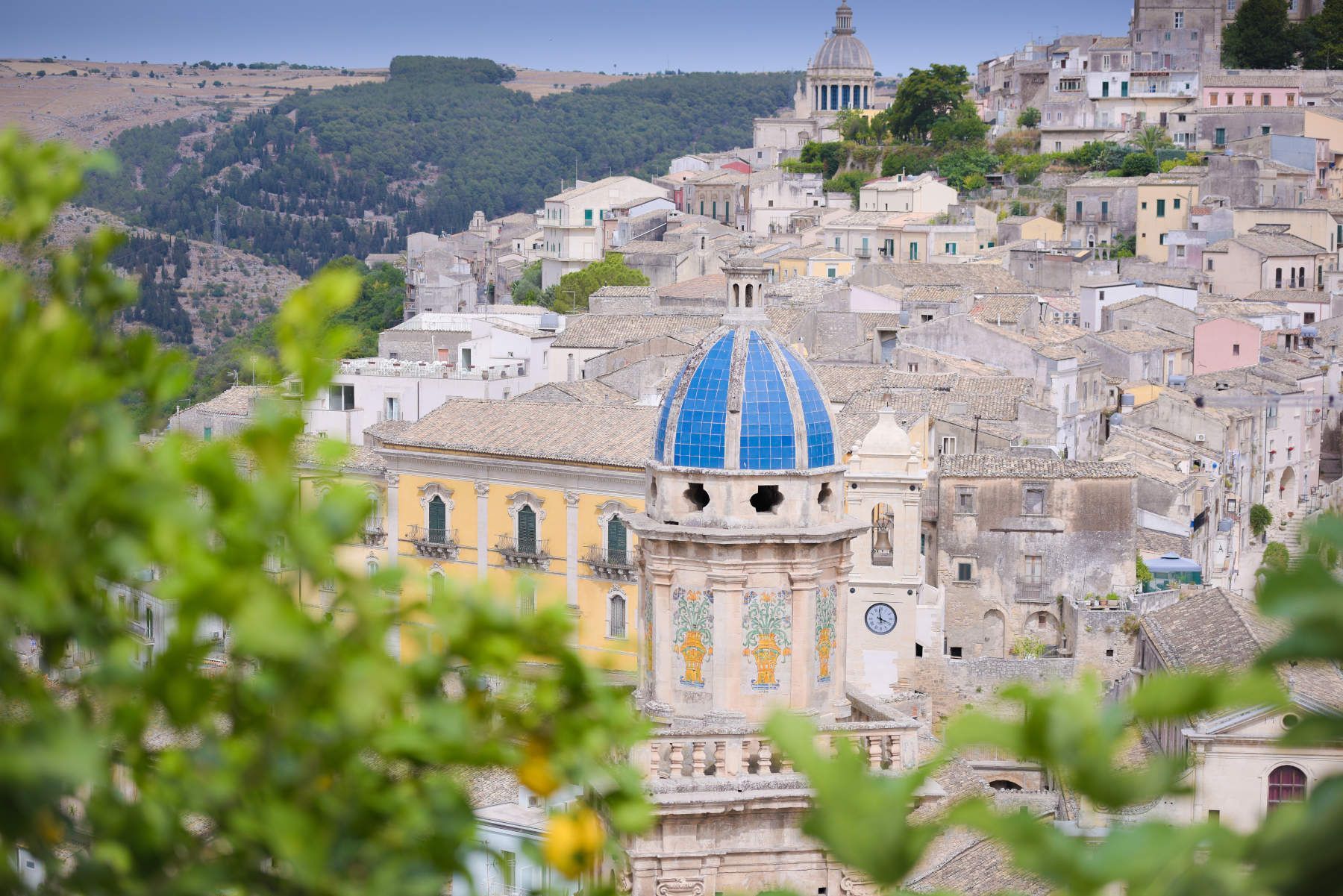555-555-5555
mymail@mailservice.com
New paragraph
Sicily's History
With its superb restaurants, beautiful beaches, opulent hotels and arresting scenery, it is no wonder that Sicily is a popular holiday destination. However, it is the history of Sicily that truly sets it apart from any other island and the architecture, standing testament to its diverse past, draws in travellers from around the globe every year.
Sicily has an overwhelming number of historic monuments across the island and it would be impossible to see everything that the island has to offer in one trip.
However, no matter where you might choose to stay in Sicily, you will never be too far away from some truly breathtaking historic sites. With each civilisation leaving its own unique stamp upon the island in terms of its food, dialect and architecture, a wealth of history awaits you in Sicily.
The Greeks
The Greeks not only expelled the island's previous Sicilian inhabitants but also took control of the city of Syracuse, leaving their own archaeological imprint upon the land. Consequently, Syracuse swiftly became a prosperous, richly decorated and densely populated Greek city, developing into one of the most powerful in the Mediterranean.
Confirming this prestigious status and the presence of the Greeks in Syracuse is one of the grandest Greek theatres ever constructed, seating an audience of approximately 15,000 and staging a number of the most eminent plays of the era.
Places to Visit:
Greek Theatre in Syracuse
The hemispheric auditorium and stage were carved out of the hillside rock in the 5th century AD and expanded to its present size 200 years later. Today music festivals and Greek plays are staged here.
Greek Theatre in Taormina
Built originally during the Hellenistic period, the theatre was reconstructed by the Romans and used to stage gladiator shows. Today it is one of the most popular historic monuments on the island and is used to host a number of plays, concerts and the annual film festival.
Temple of Concordia
Situated in the Valley of the Temples just outside of Agrigento, it is considered to be one of the most striking, well preserved Greek temples in the world.
Temple of the Olympian Zeus
Believed to have been one of the largest Doric temples ever constructed, completed during the reign of the Roman emperor Hadrian. Though today it lies in ruins in the Valley of the Temples, it is still an exceptional sight.
Temple of Hercules
Also situated in the Valley of the Temples and thought to have once contained a number of beautiful paintings of Hercules.
Greek archaeological site of Selinunte
In the west, 15km from Castelvetrano, home to five beautiful and well preserved Greek temples that are believed to date back to the 5th and 6th centuries BC.
Doric Temple of Segesta
Situated approximately 70km south west of Palermo, this is believed to be one of the best preserved Greek temples in the world.
The Romans
After becoming a Roman province in 241 BC, Sicily experienced a long period of Roman dominance which had a great impact upon the land, particularly in terms of its culture. For example, the Sicilian language started to emerge during the Roman era as Latin was introduced alongside Greek and often used in official pieces of writing, such as inscriptions and epitaphs, whilst Greek was still widely spoken. The Romans left a significant imprint upon the land with their theatres, villas and mosaics, which visitors today are still able to see.
Places to Visit:
4th century Villa Romana del Casale
6km to the south west of Piazza Armerina, a grandiose 4th century Roman villa renowned for housing some of the most striking examples of decorative Roman mosaics. It is Sicily’s most important Roman monument and a listed UNESCO Heritage site with guided tours available.
Roman Theatre in Catania
Thought to have been built in approximately 300 BC over an older theatre dating back to approximately 500 BC.
Roman Amphitheatre in Syracuse
Situated in the Archaeological Park and built in the imperial era, it was, like the Greek theatre, carved directly into the rock. Circuses were held here and leading citizens of the time are inscribed in the parapet.
Regional Archaeological Museum in Taormina
Situated in the Palazzo Badia Vecchia, the museum has a number of objects that were discovered in both Greek and Roman sites.
Villa Romana del Tellaro
In Noto, after many years of restoration this 4th century Roman villa has revealed polychrome hunting scene mosaics and a scene from the Iliad.
La Naumachia, Taormina
122m Roman wall showing water cistern and gymnasium. The name refers to naval battles staged here for the Romans' entertainment.
The Arabs & Normans
Sicily found itself under Arab rule from the years of 827 AD to 1061 AD within which the island agriculturally, commercially and architecturally thrived with Palermo as its capital. It was under Arab rule that Sicily commercially flourished with the introduction of citrus fruits along with other valuable trade products such as sugar cane, silk and cotton.
Architecturally, an Arabian influence can be seen particularly in the west of the island, the cathedral in Palermo and in Cefalu where the Arab baths are located.
Sicily was seized by the Normans in 1091 AD, who also declared Palermo as their capital. However, instead of attempting a cultural upheaval, the Normans appeared to embrace the Arabic state of the island and produce a vast amount of art and architecture that incorporated the trends of their predecessors.
Places to Visit:
Palazzo dei Normanni
Also known as the ‘Royal Palace of Palermo’, the castle was originally constructed under the Arabs but later adapted under the Normans and now houses a number of stunning golden mosaics.
Cathedral of Monreale
Built in 1174 in the town of Monreale, 9km inland from Palermo, this majestic cathedral beautifully blends a variety of cultural styles, namely Byzantine, Arab and Norman.
Cefalù Cathedral
Built in the city of Cefalù on the north coast between 1131 and 1240 under the Norman King Roger II, the cathedral is Norman in style with a striking interior of Byzantine-style mosaics and some stunning works of art.
The Church of San Giovanni degli Eremiti
This 12th century Norman church is situated in Palermo and is crowned with 5 Arabic red domes.
The Chiesa di San Cataldo in Palermo:
Similar to the Church of San Giovanni, this church is a perfect example of Arab-Norman architecture with its Norman plan and Arabic domes.
The Sicilian-Baroque Style
The renowned art historian Anthony Blunt once described Sicilian-Baroque architecture as “a style in which the energy and imagination of the south attained full and mature expression”. The style was born out of the great earthquake of 1693 which not only ruined towns and villages but also took a significant number of lives.
As a result, great buildings were erected over the ruins at the expense of the wealthy who sought to create monuments that would exceed even the traditional Baroque style in terms of their design and extravagance, providing the island with a unique architectural identity.
Places to Visit:
Val di Noto
A collection of eight towns that form an UNESCO World Heritage Site, containing 18 stunning pieces of architectural interest, drawing art and history enthusiasts from all over the world.
Cathedral of San Giovanni Battista in Ragusa
This grand cathedral is arguably the most striking monument in Ragusa. Built in 1718, this majestic cathedral boasts an expertly carved exterior as well as a beautiful, elaborate interior.
Church of Santa Maria delle Scale in Ragusa
The church was partly rebuilt following the 1693 earthquake and, as its name suggests, features a rather formidable staircase which offers its victors a stunning view that stretches across the landscape.
Chiesa di San Giuliano in Catania
Designed by the famous Italian architect Giovanni Battista Vaccarini, the church is a beautiful example of the Sicilian-Baroque style.
San Nicoló Cathedral in Noto
This stunning cathedral was constructed during the early 18th century but collapsed in 1996. It has since been rebuilt and its doors were opened once again in 2007.
Palazzo Ducrezio in Noto
This majestic town hall was constructed in 1746 and boasts a beautifully decorated interior complete with an 18th century fresco.
Santa Caterina d’Alessandria, Taormina
17th century Baroque church of pink marble and sandstone built on the site of an ancient temple.
Inspire me
Why are we different?
Experience Sicily with Just Sicily, the island specialists. We can advise on travel and give you personal recommendations for accommodation and excursions to really appreciate the beauty of this wonderful island.
Book with confidence - ATOL protected ensuring your money is safe
Sicily specialists - Many years experience organising holidays to Sicily
Widest choice of personally selected accommodation
Tailor made holidays to suit all budgets
ABTA members maintaining high standards of service
Gold trusted merchant - Winners of the Feefo gold award
why just Sicily?
Newsletter Sign Up
Sign up for our newsletter to stay up to date on the latest news, offers and promotions!
Let's get social
Keep up to date with all things Just Sicily by following us on our social media channels
USEFUL LINKS
142 Mudeford Lane, Christchurch, Dorset, BH23 3HS
Just Sicily is a trading name of
Hargreaves & Nurse ltd
Foreign travel advice: The FCDO have up-to-date information on staying safe and healthy abroad. Click Here> to get the latest advice.












